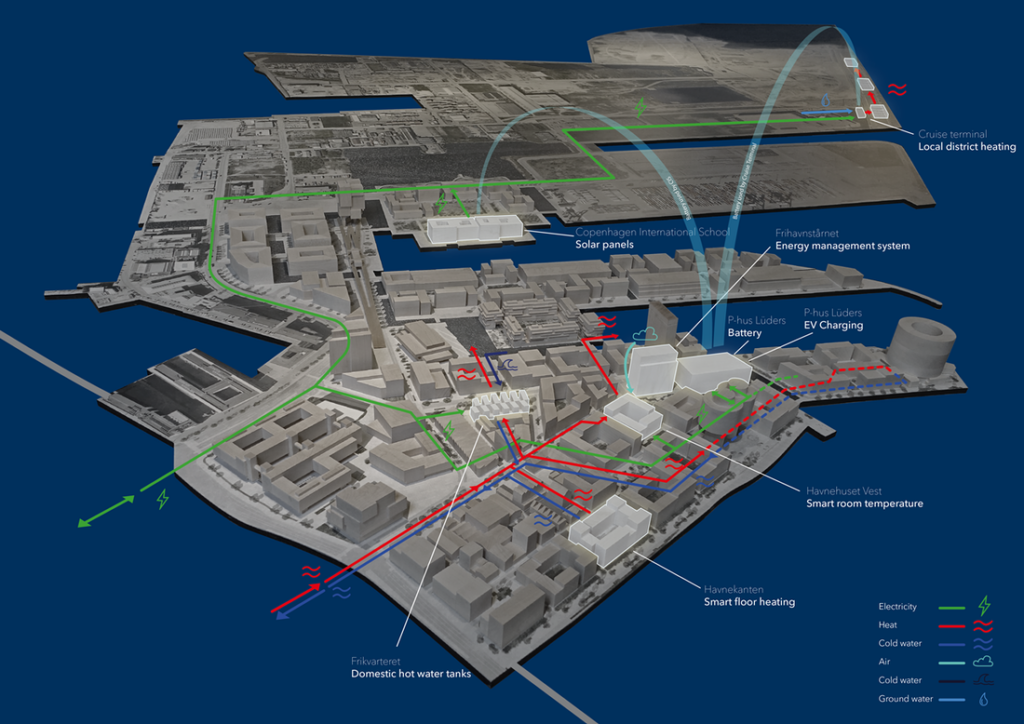In the heart of our rapidly evolving cities lies a pressing challenge: the rising tide of carbon emissions threatens to overwhelm our urban centers. As we stand at this critical juncture, the transformation of our cities into smart, sustainable ecosystems isn’t just an aspiration—it’s a necessity for survival.
The Urban Carbon Challenge
The numbers tell a stark story. Urban areas currently account for over 70% of global CO2 emissions, and projections show this figure rising dramatically by 2050. Without intervention, our cities are on track to nearly double their carbon emissions in the next three decades, from 25 gigatons CO2 in 2020 to a projected 55 gigatons by 2050.
Policy Response: A Global Movement
The urgency of this challenge has sparked unprecedented policy action. In the United States, the Biden Administration’s Infrastructure Investment and Jobs Act represents a watershed moment, allocating $550 billion to sustainable infrastructure. This includes:
-
- $7.5 billion for electric vehicle charging networks
-
- $65 billion for clean energy transmission
-
- $50 billion for climate resilience measures
Across the Atlantic, the European Union’s Green Deal sets even more ambitious targets. The “Fit for 55” package mandates a 55% emissions reduction by 2030, pushing cities to reimagine their energy infrastructure and building standards. These aren’t just guidelines—they’re transformative policies reshaping our urban landscape.
Copenhagen: The Carbon-Neutral Pioneer

Copenhagen stands as a testament to what’s possible with committed policy action and smart technology implementation. The city’s journey toward carbon neutrality by 2025 has already yielded impressive results:
-
- Smart Infrastructure Achievements: 42% reduction in carbon emissions since 2005 49% of all trips made by bicycle through smart mobility planning 20% reduction in traffic congestion through AI-powered traffic management Conversion of district heating to renewable energy sources
-
- Building Management Innovation: Implementation of city-wide smart building standards 30% average energy reduction in municipal buildings Real-time energy monitoring across public facilities Integration with renewable energy systems
The Technology Revolution
The modern Building Management System (BMS), enhanced by artificial intelligence, is at the forefront of these transformations. These systems serve as the brain and nervous system of smart buildings, continuously optimizing energy use and reducing carbon footprints through:
-
- Real-time energy monitoring
-
- Predictive maintenance
-
- Occupancy-based controls
-
- AI-driven optimization
Success Factors and Challenges
The experiences of a city such as Copenhagen highlight key success factors such as strong policy frameworks with clear targets, having a holistic approach thanks to integrations of multiple smart systems, bridging the gap between public & private sectors and securing bold partnerships.
However, those successes do come with challenges, such as high implementation costs, data security concerns, and new vs. old integration with existing infrastructure.
The Path Forward
As we look toward 2050, the examples of Copenhagen and Singapore provide a clear roadmap for other cities. The projected reduction in emissions from 55 to 8 gigatons CO2 by 2050 is ambitious but achievable through:
-
- Aggressive adoption of smart building technologies
-
- Continued policy support and incentives
-
- Investment in AI and IoT infrastructure
-
- Public-private partnerships for sustainable development
Conclusion: Your Role in the Smart City Revolution
Transforming our cities into smart, sustainable environments isn’t just a vision—it’s an ongoing revolution that presents immense opportunities for forward-thinking organizations. While Copenhagen and Singapore demonstrate what’s possible, thousands of cities worldwide are just beginning their smart city journey, creating unprecedented opportunities for innovation and growth.




